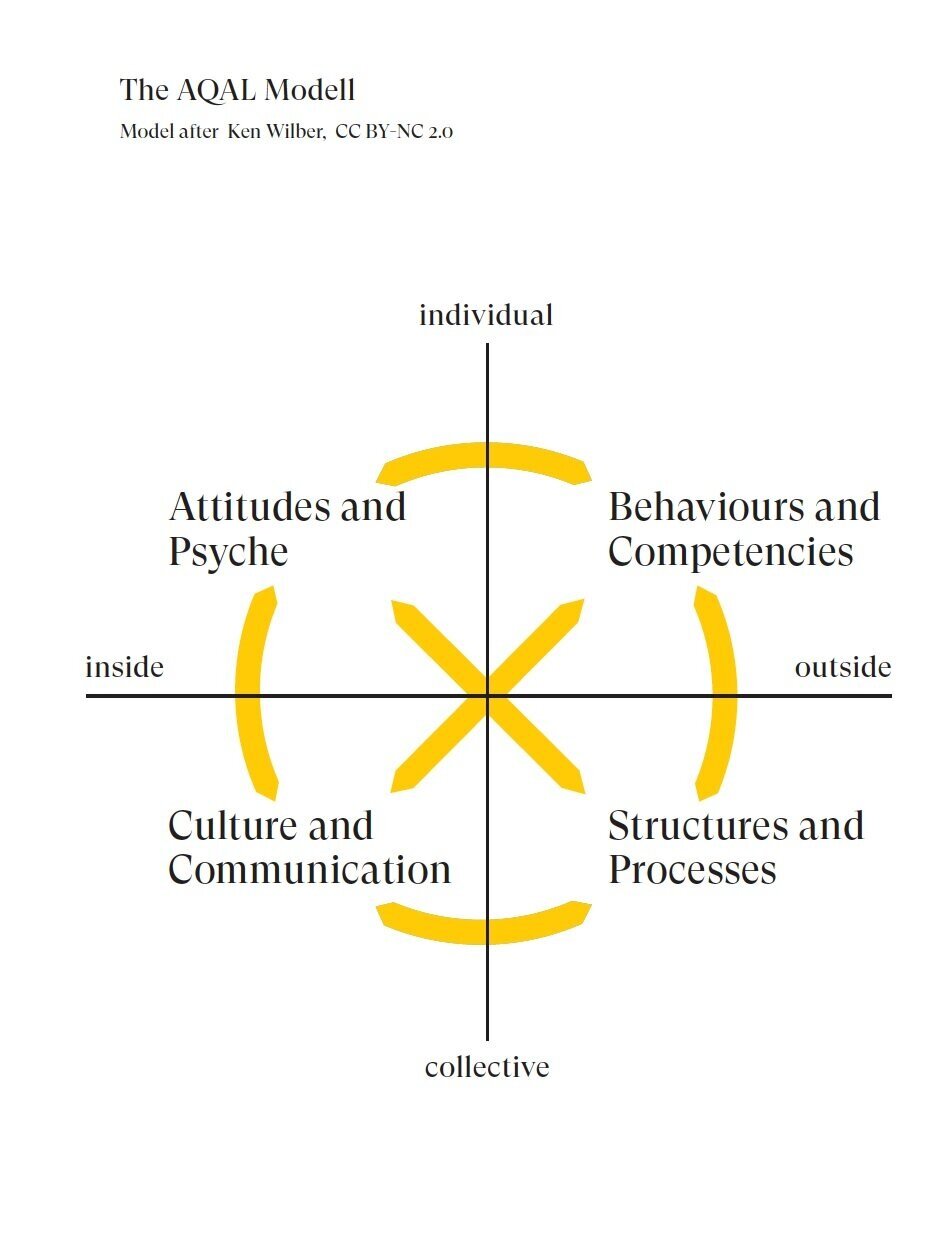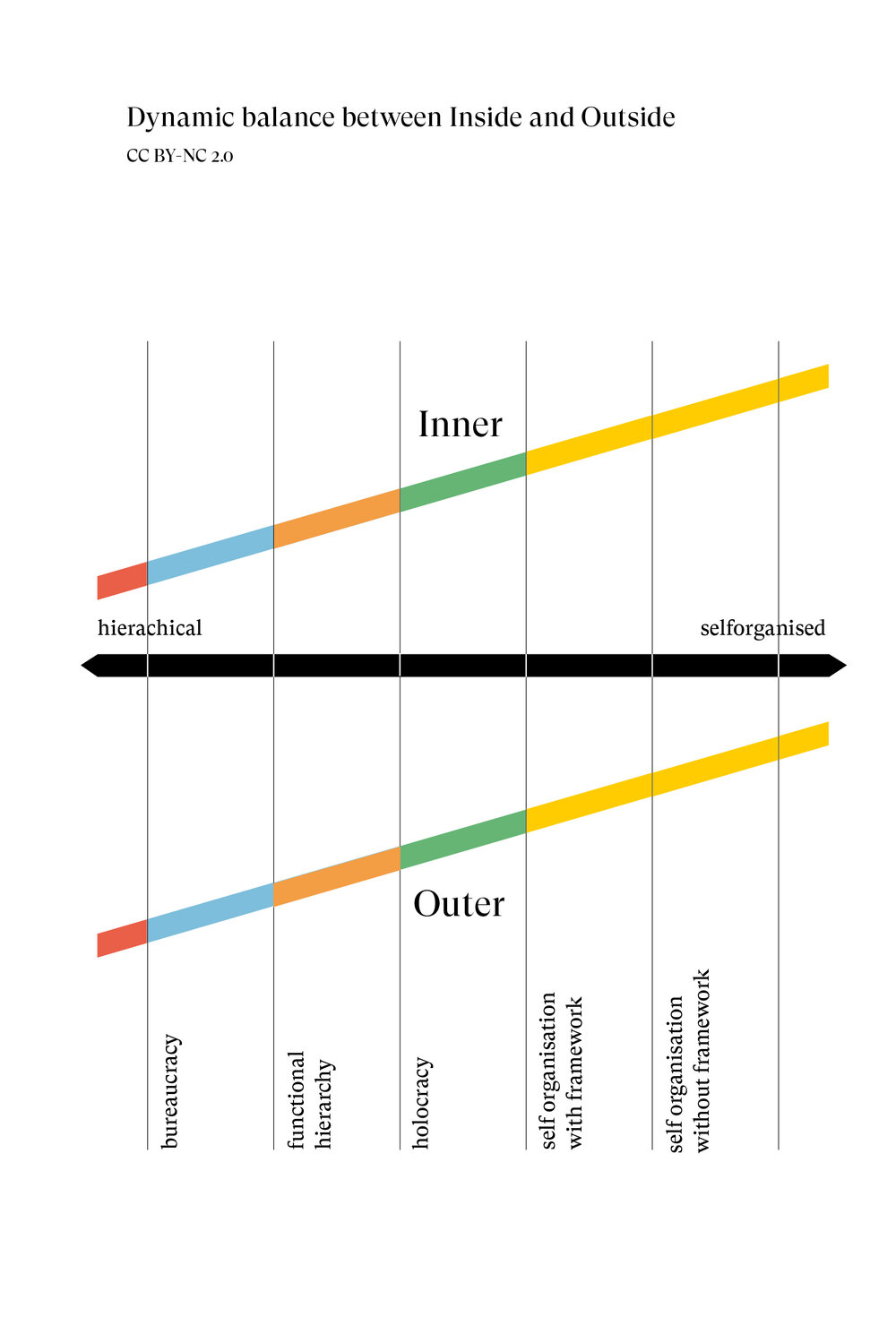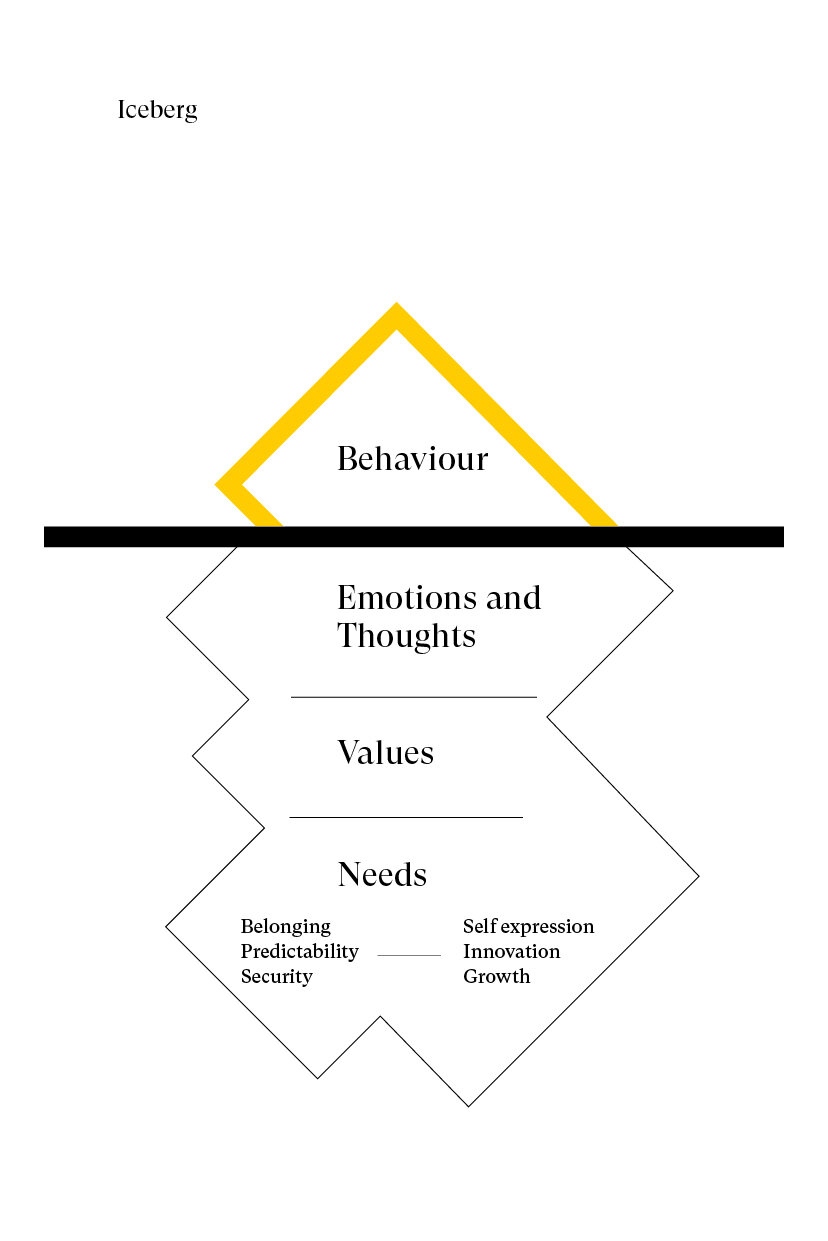Behind me lies a journey that began five years ago. At the start, the destination was clear, but the path unknown. The goal: to replace me as head of the betterplace lab, a think tank based in Berlin, with self-management – inspired by Frederic Laloux’s book “Reinventing Organisations”.
At the time I was unaware that I was embarking on a journey which would change me as a human being. The change to self-management set a process in motion that inevitably confronted me more with myself. As I describe in an earlier blogpost, the moment we removed external prompts of stability, such as fixed hierarchies and role descriptions, we needed to find safety and orientation in ourselves.
But even though I had been meditating regularly for several years and had been in therapy, at the beginning of the organisational development it became clear to me how little inner clarity I had. I had to learn to distinguish between the professional and the relationship level in the team. I also had to develop a feeling for the team process – how we work together as a group on the meta-level.
Finding clarity and orientation within
After five years of new ways to lead, work and collaborate, one thing is certain for me:
There is one aspect which is missing in most change processes: the realisation that every effective and sustainable change also takes place in the inner world of the human beings involved. Not only in the world of external structures and processes – new organisational charts, new decision matrices, new value chains – but also in each individual.
Every transformation has 4 dimensions

At the heart of our change process was the following principle: If outside hierarchies and fixed structures are dismantled (and thus securities disappear), people must seek their security elsewhere: they must find clarity and orientation within.

What do I mean by “inside”?
By “inside” I mean our individual subjectivity. How we as humans perceive the world and ourselves. Our sensory impressions, our thoughts, our preferences, values, interests and needs.
This Iceberg model nicely illustrates the different levels. Some of the inner aspects are conscious to us, others work in the unconscious.

The iceberg model helped us to explore the inner dimension. “Outside” is what you can see: my behaviour and what I say, for example whether I explain a task to a colleague patiently and friendly or briefly and aggressively.
However, a significant part of what is visible from the outside takes place inside of us. There are my thoughts and feelings that take place inside of me while interacting with a colleague or business partner. At the same time, my thoughts and feelings are significantly influenced by how I see the world: the patterns and filters with which I interpret the world. This in turn is closely linked to my values, needs and interests. In addition, a large part of my inner being is located in the unconscious and is usually only accessible to me as diffuse background noise.
All in all a highly complex mixture of aspects.
How it looks like inside of us differs greatly – from person to person, but also from different emotional states of a single person.
What is “inner work”?
By inner work we understand a process of clarification that enables people to gain a more direct and clearer access to their own inner being. This sounds easier than it is: in my experience most people actually have difficulties identifying precisely what is going on inside the, our inner states are often very complex, diffuse and numb. Not only it is difficult for many of us to clearly identify our current state, it seems even more challenging to openly share them with someone else.
So the first step in inner work is to improve self-contact
You can ask yourself questions such as these:
- How am I really doing right now?
- What different thoughts are going through my head?
- Which emotions are active?
- How do I interpret my counterpart, am I open and neutral towards my colleague or do I evaluate her behaviour spontaneously?
- Am I calm and relaxed, or stressed and tense?
- Is something in the outside world triggering me or am I trying to understand the situation impartially and get a neutral picture of it?
In most encounters with other people we don’t take the time for such a self-clearance, but instead act spontaneously or under pressure, because silence can feel very awkward or uncomfortable.
But it is precisely in the conscious observation of a situation that the chance lies for us to respond to it not just reactively but consciously. There is a beautiful quote from Viktor Frankl about this: “Between stimulus and response there is a space. In that space is our power to choose our response. In our response lies our growth and our freedom”.
In addition to a sharpened understanding of oneself and one’s colleagues, inner work also includes process awareness – the competence to perceive team dynamics from a meta-perspective. Only when employees have their company as a whole on the screen, including other stakeholders such as partners, customers, suppliers, shareholders, etc. can they manage it well.
This view of the whole is challenging for many employees, especially if they were previously used to being responsible for only a part of the whole operation. To raise awareness of the meta-perspective, the betterplace lab looked at the “we-field”. We didn’t just ask ourselves “How am I doing and how are you doing?”, but “How do we work together as a team?
To do this, we explored topics like “What collective patterns are we developing?” “How do we handle information amongst us? Do we share it openly and creatively, or are we more transactional, meaning I only give you information when I get something from you in return? We dealt with different styles of communication and explored dominance and privilege, as well as extroverted and introverted styles.
When teams explore their “inner side”, it is an extremely exciting transformative journey. They gain better contact with themselves and their colleagues, as well as a broader perspective on the company as a whole. But the journey also means the willingness to step out of one’s comfort zone, to dare to step out of the conformity of a group, to “become more oneself”. For me, new forms of work and self-management are processes that go far beyond the professional world, but invites us to grow and mature as human beings.
